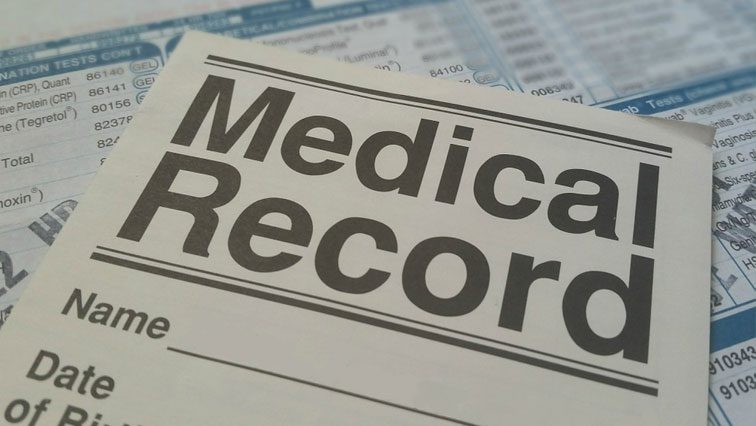The Four Challenges we are facing Today
As much as one-quarter of the U.S. population suffers from some form of mental health or substance abuse concern, and the American health care system is struggling to provide the scope, depth and breadth of care those conditions demand. While evolving regulations and unstable politics complicate the effort, innovative policies and advancing EHR technologies promise many mental health and substance abuse patients access to better, safer health supports than they’ve ever before experienced. However, every step taken in today’s complex medical care community – be it forward or back – presents a unique challenge that health care professionals must address in their quest to improve the country’s overall mental health status.
Complying With New Confidentiality Rules
In February of 2017, the Substance Abuse and Mental Health Services Administration (SAMHSA) finally updated its rules regarding confidentiality of substance-conflicted patient records. While the new rules version doesn’t change the confidentiality obligations of most substance abuse treatment centers, it requires a revision of consent documents, toughens unconsented records access standards and eliminates the top and bottom caps of fines for failing to comply. Every substance abuse facility now faces the challenge of coming into compliance with a rule set that had remained unchanged since 1987.
Behavioral Health and the Opioid Crisis
For more than a decade, America has wrestled with a growing opioid epidemic, which has caused millions to become addicted to both illegal drugs like heroin and legally obtained drugs like Oxycontin. The cost to society is estimated at $55 billion per year in hospital costs and another $20 billion in emergency and in-patient care.
One driver of the issue is the number of opioid prescriptions dispensed each year. Each day, doctors issue more than 650,000 opioid prescriptions, many of which are the first step on the road to addiction. A new online training series recently released by the Centers for Disease Control (CDC) is designed to assist physicians with managing opioid prescriptions for their patients with chronic pain.
Data Security and the Behavioral Health Field
Every industry is a target for cyber crimes, including the behavioral and substance abuse treatment industry. In general, the health care field is ranked fifth-highest in receiving ransomware demands, and more than 75 percent of the entire health care industry reported contracting a malware infection between August 2015 and November 2016.
One cause of this problem is the relative lack of awareness of cyber security issues by health care clinical staff. A 2016 Healthcare Industry Cybersecurity Report revealed that a significant percentage of health care staff are not aware of the threats posed by “social engineering” hacking attempts that come in through emails and social media sites. While the facility’s IT department may have all its security details in order, an employee who doesn’t diligently screen for threats on personal and enterprise devices can inadvertently open the door to cyber thieves.
Growing the Care Continuum
Another challenge specific to the behavioral health sector is that of how to appropriately and comprehensively move behavioral health practices into the general “care continuum.” America’s health care reforms are opening new opportunities for the behavioral health provider to engage and share their insights with the joint patient’s larger medical team. Adding behavioral health within the constellation of general health and well-being services addresses the financial and social costs caused by mental health and substance abuse concerns. The American Hospital Association estimates that half the U.S. population will develop some form of mental health issue within their lifetime, and 27 percent will struggle with a substance abuse disorder sometime in their life, too.
While each of these challenges appears insurmountable, today’s sophisticated EHR programs are designed to reduce their complexities while enhancing provider service. Carefully selected software will improve outcomes by bridging disparate systems and organizing data sets for use by the entire medical team.



Leave A Comment